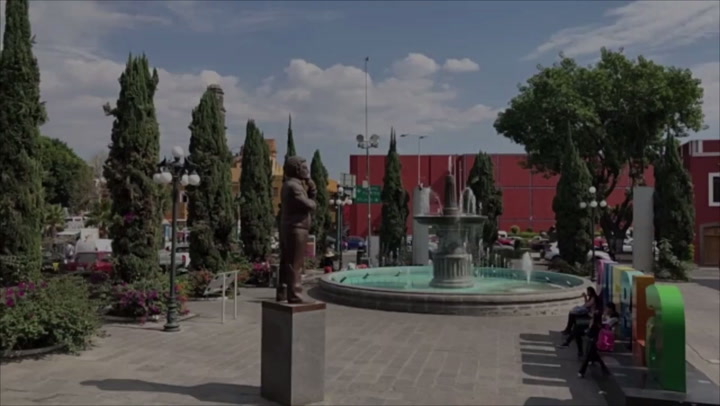In Mexico, May 5 marks the anniversary of the Battle of Puebla.
There are many celebrations and stories surrounding Cinco de Mayo, or the fifth of May, around the world. The legendary date has grown beyond its history and has become a cultural bond between some Mexican immigrants and their roots. In the United States, the date has become synonymous with celebrating Mexican culture, many times in over-the-top, inauthentic ways. In Mexico, May 5 simply marks the anniversary of the Battle of Puebla, and the date is associated with a destination: the city of Puebla.
The holiday remembers the battle, which took place there in 1862, when Napoleon III sent his troops to invade the country, citing that Mexico was in debt to France. The Mexican army was outnumbered, and the French were considered one of the most powerful armed forces. However, the 2,000 Mexican soldiers and about 2,700 armed civilians managed to defeat the 6,000 French on that historic day. The Mexican leader was General Ignacio Zaragoza, and after that day the city’s name was changed to Puebla de Zaragoza in his honor.
Music, Dance, and Food
Every year, the fifth of May is celebrated in Puebla with an impressive military parade that remembers the bravery of the Mexican troops who fought that day. More than 10,000 people take part in this vibrant celebration, including musicians, soldiers, sailors, and dancers. The parade is primarily focused on showcasing different military schools, where soldiers in pristine uniforms march in perfect formations to the pace of the marching band. The contingents are followed by about 10 floats that depict significant moments in Puebla’s history, including the legendary battle and other facets of the city, such as the magical towns surrounding it, its Baroque architecture, and the iconic Popocatepetl volcano.
Key Highlights of the Celebration
- Traditional performances by indigenous communities showcasing their heritage
- Stunning displays by Mexican cowboys and cowgirls, known as charros and escaramuzas
- A month-long fair with rides, artistic performances, crafts exhibitions, and an array of delicious food
- Traditional dishes like mole, sweet potatoes, and unique candies such as borrachitos (little drunks)

Reliving Hidden History
The Battle of Puebla is more than just a date in this city. If you want to know more about it and explore this moment in history, you can visit the sites where the battle took place, providing a deeper understanding of this significant event.
One of the most exciting places to visit is the complex underground tunnel network that runs throughout the city. These tunnels are centuries old, and they connect key locations in Puebla, including the forts where the battle was fought. It’s believed that General Ignacio Zaragoza traversed these underground passages to protect himself and formulate strategies. Now, it’s possible to take a tour of the half-mile “Historic Passage of Cinco de Mayo,” illuminated in purple and green, where guides reveal the secrets behind the ancient walls.
Educational Attractions
The exact spot where the battle occurred features two forts: Loreto and Guadalupe. Originally built as Catholic temples, these forts were transformed into military fortresses in the early 1800s and have been rehabilitated to welcome visitors keen on walking through history. Each fort houses a museum that provides insight into its evolution, significance, and history.
At the Fort of Loreto, the Museum of the Interventions tells the complete narrative of the battle—from the events leading to the armed conflict to the eventual removal of the French from power. Within the museum, visitors can explore original artifacts from the 19th century, including weapons, flags, official documents, paintings, and military uniforms. Notably, the museum showcases letters written by President Benito Juárez to General Zaragoza before and after the battle, as well as an area dedicated to the famous painter Diego Rivera.
Although smaller, the museum at the Fort of Guadalupe complements the story in an interactive manner, offering a narration of the battle through multimedia materials that immerse visitors in the experience. Additionally, it highlights the evolution of the building itself, illustrating its transformation from a place of worship to a critical location in a historic conflict.
The forts are situated in a neighborhood that has recently enhanced its tourism offerings, allowing visitors to enjoy a more enriching Puebla experience. The International Baroque Museum, which opened in 2016, has further modernized the cultural landscape of the city, starting with the building itself, designed by Pritzker-winning architect Toyo Ito. The area also features a new park, complete with a planetarium, bike path, and a cable car offering stunning views of the city and the majestic Popocatepetl volcano.





